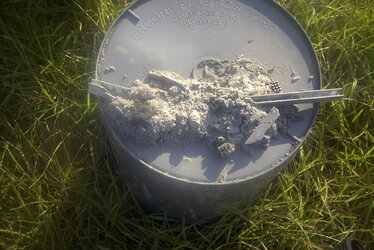I read the Introduction sticky but it was written over seven years ago and a lot of the links are dead, so looking for advice...
I need to cool my i7 4790k.
My motherboard also has a chipset & MOSFET all in one radiator block: https://www.msi.com/Motherboard/Z97-MPOWER-MAX-AC/Gallery
I have two Hardware Labs Nemesis GTS 280 X-Flow radiators (the best I could find that will fit my system) on their way to me, one for the top of my case and one to be mounted on the side window vents once I get the grilles machined out (I've ordered low profile GPU power cable adaptors for this purpose).
The spec for the GTS 280 X-Flow's...
140 mm x 1 fan slim form factor one-pass radiator
326mm x 153mm x 29.6mm (L x W x H)
16 FPI 25 Micron Copper Fins
They have the following restriction at 0.5, 1 & 1.5 GPM:
0.8 PSI at 0.5 GPM,
0.22 PSI at 1 GPM
0.44 PSI at 1.5 GPM
I posted at the MSi forums about the water block on my motherboard and was advised that chipset & MOSFET all in one waterblocks have a restriction of close to zero.
What kind of pump do I need? What do people recommend? Also, which CPU block should I buy?
I need to cool my i7 4790k.
My motherboard also has a chipset & MOSFET all in one radiator block: https://www.msi.com/Motherboard/Z97-MPOWER-MAX-AC/Gallery
I have two Hardware Labs Nemesis GTS 280 X-Flow radiators (the best I could find that will fit my system) on their way to me, one for the top of my case and one to be mounted on the side window vents once I get the grilles machined out (I've ordered low profile GPU power cable adaptors for this purpose).
The spec for the GTS 280 X-Flow's...
140 mm x 1 fan slim form factor one-pass radiator
326mm x 153mm x 29.6mm (L x W x H)
16 FPI 25 Micron Copper Fins
They have the following restriction at 0.5, 1 & 1.5 GPM:
0.8 PSI at 0.5 GPM,
0.22 PSI at 1 GPM
0.44 PSI at 1.5 GPM
I posted at the MSi forums about the water block on my motherboard and was advised that chipset & MOSFET all in one waterblocks have a restriction of close to zero.
What kind of pump do I need? What do people recommend? Also, which CPU block should I buy?
Last edited:

